Recessed Can Light Placement in Kitchen
When it comes to lighting your kitchen, recessed can lights are a popular choice. Not only do they provide ample, even lighting, but they also give the room a sleek and modern look. However, proper placement of these lights is crucial in order to achieve the best results. Here are the top 10 main recessed can light placement tips for your kitchen.
Recessed Lighting Layout for Kitchen
The layout of your recessed lighting in the kitchen is an important factor to consider. It should be designed in a way that evenly lights up the entire space, without creating any dark spots. This can be achieved by creating a grid pattern with the lights, placing them in a straight line or using a combination of both.
Best Placement for Recessed Lights in Kitchen
When deciding on the placement of your recessed lights, it is important to keep in mind the purpose of each area in your kitchen. For example, over the sink or stove, it is best to have focused lighting, while in the dining or seating area, you may want softer, ambient lighting. Use accent lighting to highlight specific features such as artwork or a kitchen island.
How Many Recessed Lights in Kitchen
The number of recessed lights you will need in your kitchen will depend on the size of the room, ceiling height, and the overall layout of your kitchen. As a general rule, 4-inch lights should be placed every 4 feet, while 6-inch lights should be placed every 6 feet. This will ensure even lighting throughout the space.
Spacing for Recessed Lights in Kitchen
The spacing between your recessed lights is crucial in achieving the perfect lighting in your kitchen. If the lights are too far apart, it can create dark spots and make the room look unbalanced. If they are too close together, it can create an overwhelming amount of light. Experiment with different spacing options to find the perfect balance for your kitchen.
Proper Placement of Recessed Lights in Kitchen
Proper placement of your recessed lights is key in achieving the desired lighting in your kitchen. They should be placed in a way that avoids casting shadows on your work areas, such as countertops and sinks. Also, make sure to avoid placing them too close to cabinets or walls, as this can create a glare.
How to Install Recessed Lights in Kitchen
If you are planning on installing recessed lights in your kitchen, it is important to follow the proper installation guidelines. This includes determining the number and placement of lights, choosing the right size and type of lights, and ensuring they are properly wired and installed according to safety standards. If you are unsure, it is best to hire a professional electrician to do the job.
Recessed Lighting Design for Kitchen
The design of your recessed lighting in the kitchen can greatly impact the overall look and feel of the space. Consider using different styles of lights, such as eye-catching trims or color-changing LED lights, to add a unique touch to your kitchen. You can also play around with the placement and angle of the lights to create a more dynamic and visually interesting design.
Where to Place Recessed Lights in Kitchen Ceiling
When it comes to placing recessed lights in your kitchen ceiling, there are a few key areas to consider. The most common placement is directly above the kitchen island or dining table, as this is often the focal point of the room. You can also place them in a row above your countertops, in between cabinets, or in the corners of your kitchen to add more light to these areas.
How to Space Recessed Lights in Kitchen
The spacing of your recessed lights can greatly impact the overall look and feel of your kitchen. For a more modern and sleek look, try spacing the lights evenly in a grid pattern. For a more organic feel, space them out randomly but still with enough distance to avoid creating dark spots. You can also use different sizes and shapes of lights to add dimension and interest to your kitchen ceiling.
Optimizing Your Kitchen with Recessed Can Light Placement

The Importance of Proper Lighting in Kitchen Design
 When it comes to designing your kitchen, proper lighting is essential for both functionality and aesthetics. Not only does it brighten up the space, but it also plays a crucial role in setting the mood and ambiance of the room. One of the most popular and versatile lighting options for kitchens is recessed can lights. These lights are installed into the ceiling, providing a clean and sleek look, while also offering ample lighting for your culinary activities. However, proper placement is key to making the most out of your recessed can lights in the kitchen.
When it comes to designing your kitchen, proper lighting is essential for both functionality and aesthetics. Not only does it brighten up the space, but it also plays a crucial role in setting the mood and ambiance of the room. One of the most popular and versatile lighting options for kitchens is recessed can lights. These lights are installed into the ceiling, providing a clean and sleek look, while also offering ample lighting for your culinary activities. However, proper placement is key to making the most out of your recessed can lights in the kitchen.
Consider Your Kitchen Layout
 Before placing your recessed can lights, it's essential to consider the layout of your kitchen. The size and shape of your kitchen will determine the number and placement of your lights. For smaller kitchens, installing fewer but brighter lights can make the space appear larger and more open. On the other hand, larger kitchens may require more lights to adequately illuminate the entire area. Additionally, consider the placement of your kitchen cabinets, appliances, and countertops to ensure your lights don't cast shadows in the work areas.
Before placing your recessed can lights, it's essential to consider the layout of your kitchen. The size and shape of your kitchen will determine the number and placement of your lights. For smaller kitchens, installing fewer but brighter lights can make the space appear larger and more open. On the other hand, larger kitchens may require more lights to adequately illuminate the entire area. Additionally, consider the placement of your kitchen cabinets, appliances, and countertops to ensure your lights don't cast shadows in the work areas.
Highlighting Key Areas
 Another factor to consider when placing recessed can lights in your kitchen is which areas you want to highlight. These lights are perfect for drawing attention to specific features in your kitchen, such as a decorative backsplash or a kitchen island. By strategically placing lights in these areas, you can create a focal point and add depth to your kitchen design. Additionally, consider placing lights above your sink and stove for more focused task lighting.
Another factor to consider when placing recessed can lights in your kitchen is which areas you want to highlight. These lights are perfect for drawing attention to specific features in your kitchen, such as a decorative backsplash or a kitchen island. By strategically placing lights in these areas, you can create a focal point and add depth to your kitchen design. Additionally, consider placing lights above your sink and stove for more focused task lighting.
Creating a Balanced and Even Lighting
 To achieve the best lighting for your kitchen, it's essential to create a balanced and even distribution of light. This means spacing out your recessed can lights evenly throughout the room, rather than clustering them all in one area. This will help prevent any dark or shadowed spots and ensure that your kitchen is well-lit from all angles. Additionally, consider using dimmer switches to adjust the brightness of your lights, allowing you to set the perfect mood for any occasion.
To achieve the best lighting for your kitchen, it's essential to create a balanced and even distribution of light. This means spacing out your recessed can lights evenly throughout the room, rather than clustering them all in one area. This will help prevent any dark or shadowed spots and ensure that your kitchen is well-lit from all angles. Additionally, consider using dimmer switches to adjust the brightness of your lights, allowing you to set the perfect mood for any occasion.
Final Thoughts
 When it comes to recessed can light placement in your kitchen, there is no one-size-fits-all approach. It's crucial to consider the layout of your kitchen, which areas you want to highlight, and the overall balance and even distribution of light. By taking these factors into account, you can optimize your kitchen's lighting and create a beautiful and functional space for all your culinary needs. So, don't overlook the importance of proper recessed can light placement when designing your dream kitchen.
When it comes to recessed can light placement in your kitchen, there is no one-size-fits-all approach. It's crucial to consider the layout of your kitchen, which areas you want to highlight, and the overall balance and even distribution of light. By taking these factors into account, you can optimize your kitchen's lighting and create a beautiful and functional space for all your culinary needs. So, don't overlook the importance of proper recessed can light placement when designing your dream kitchen.
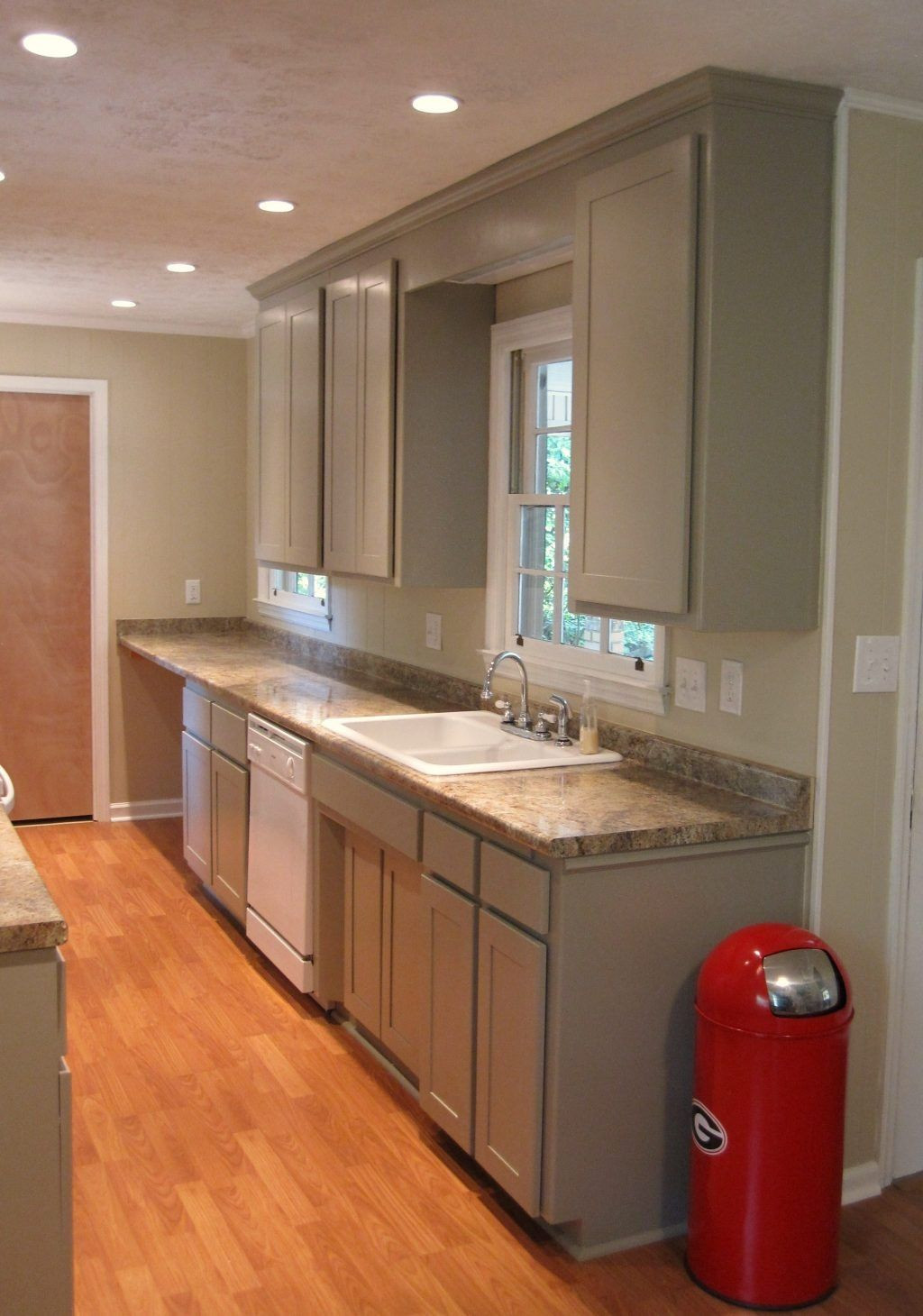









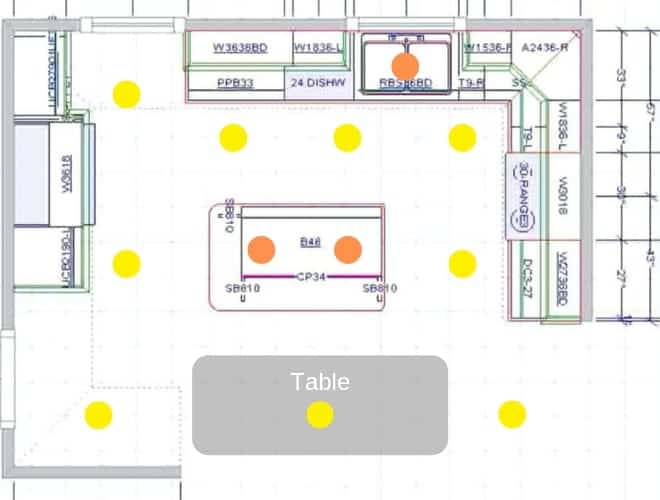







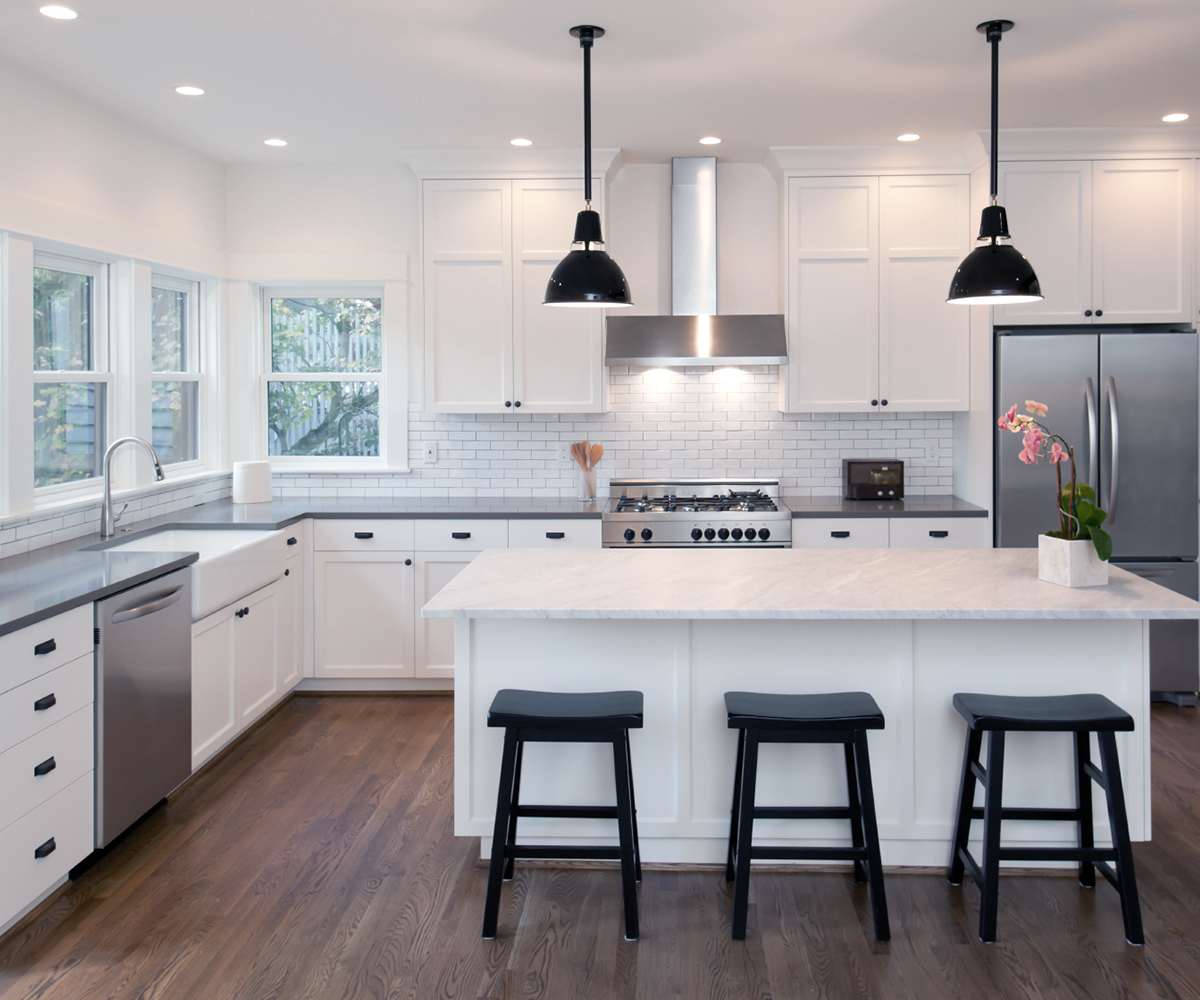
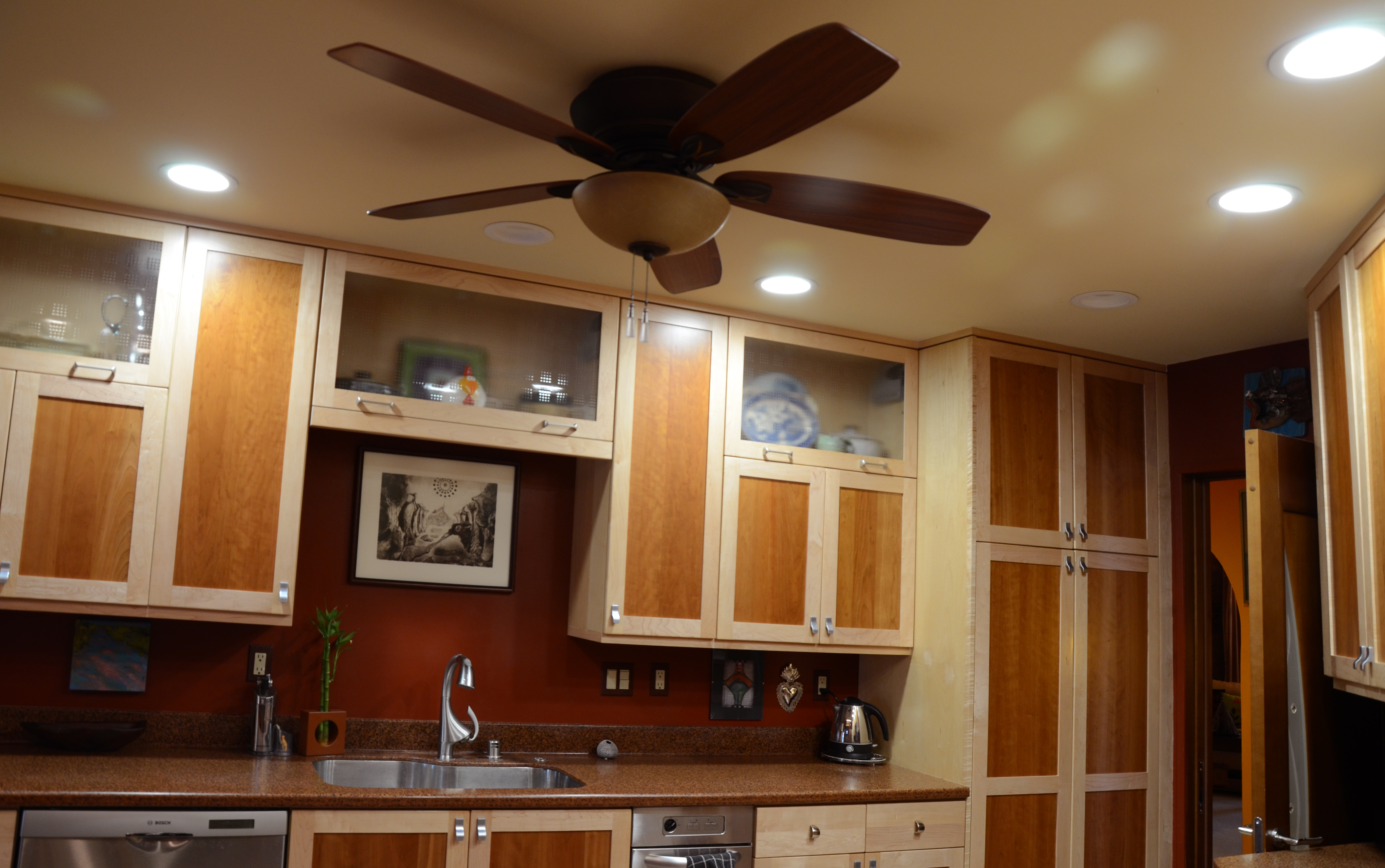





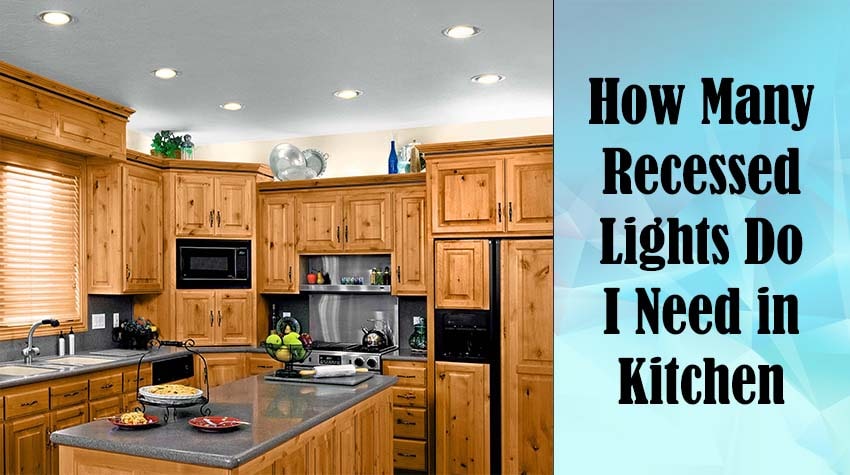
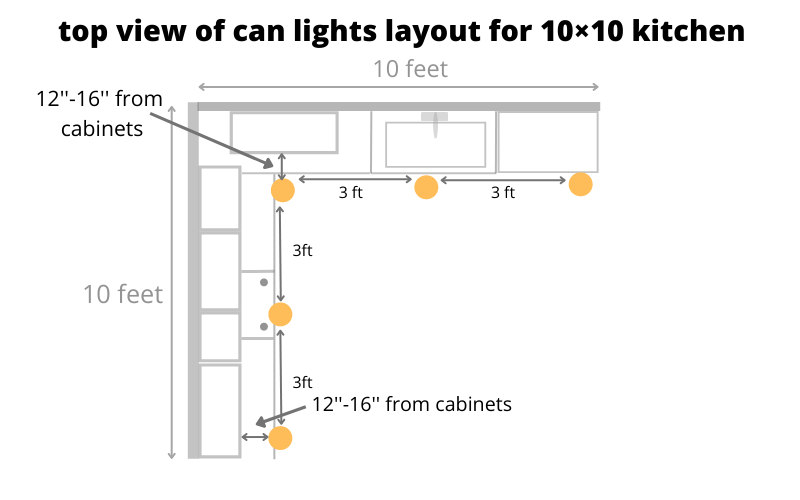


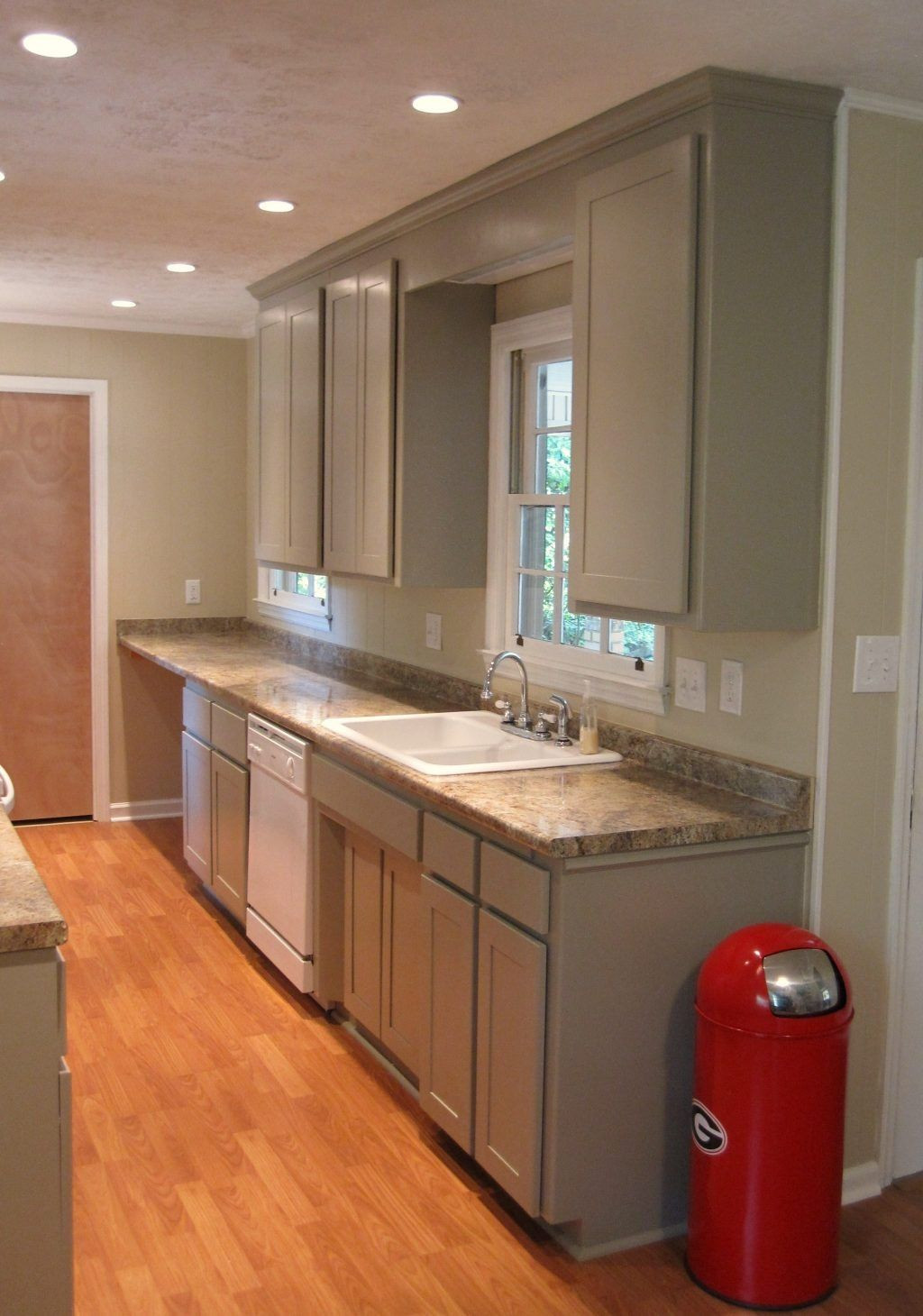
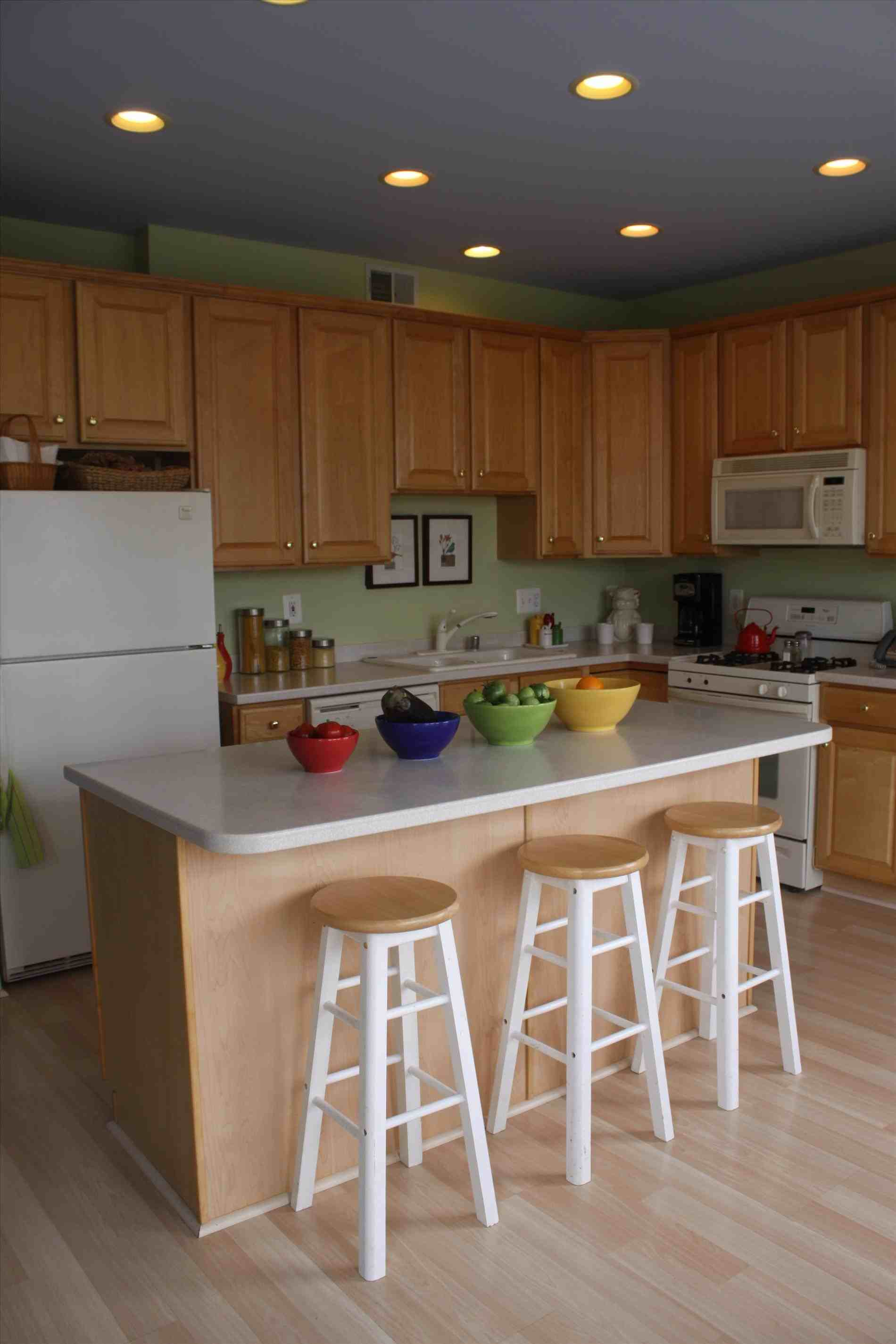
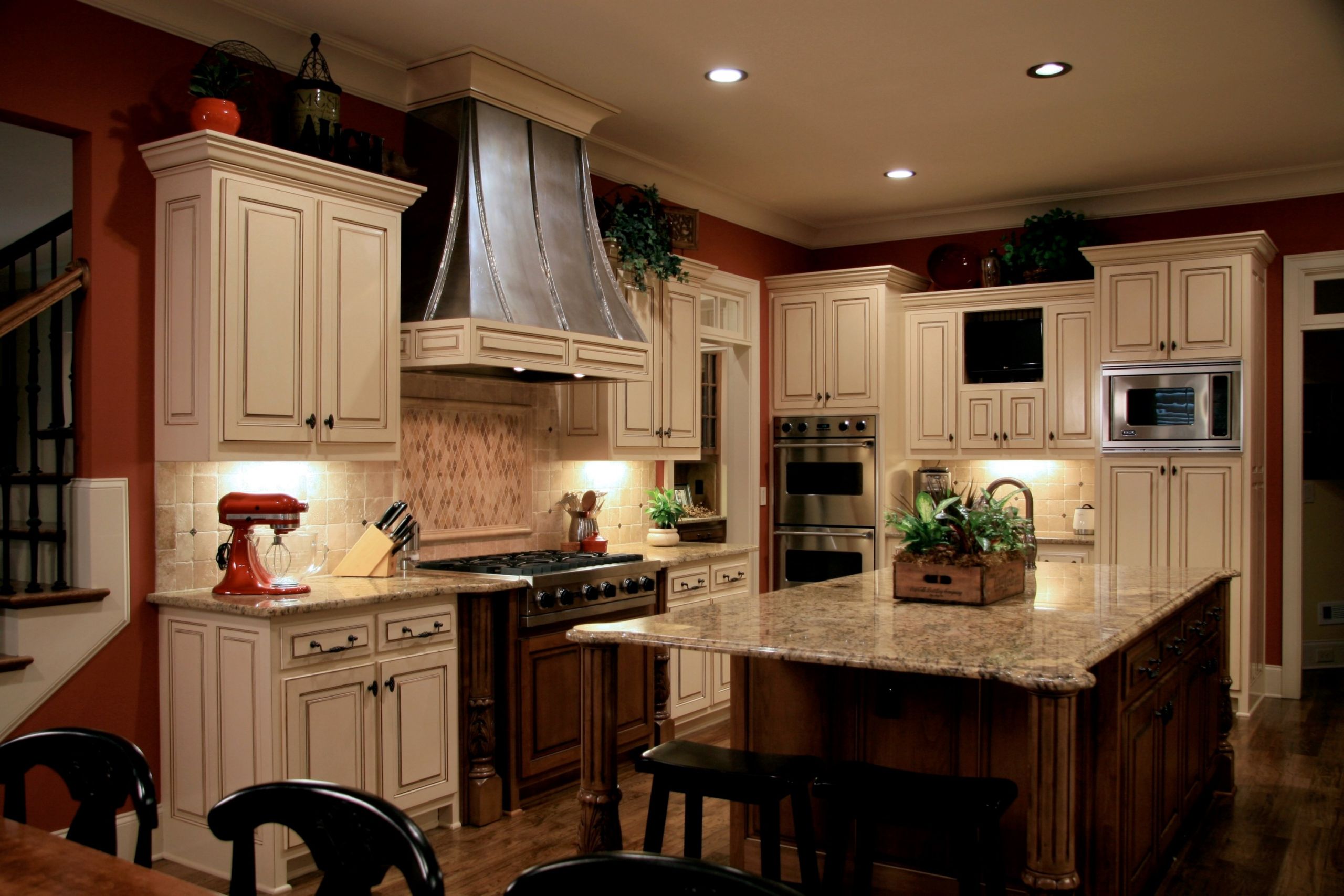


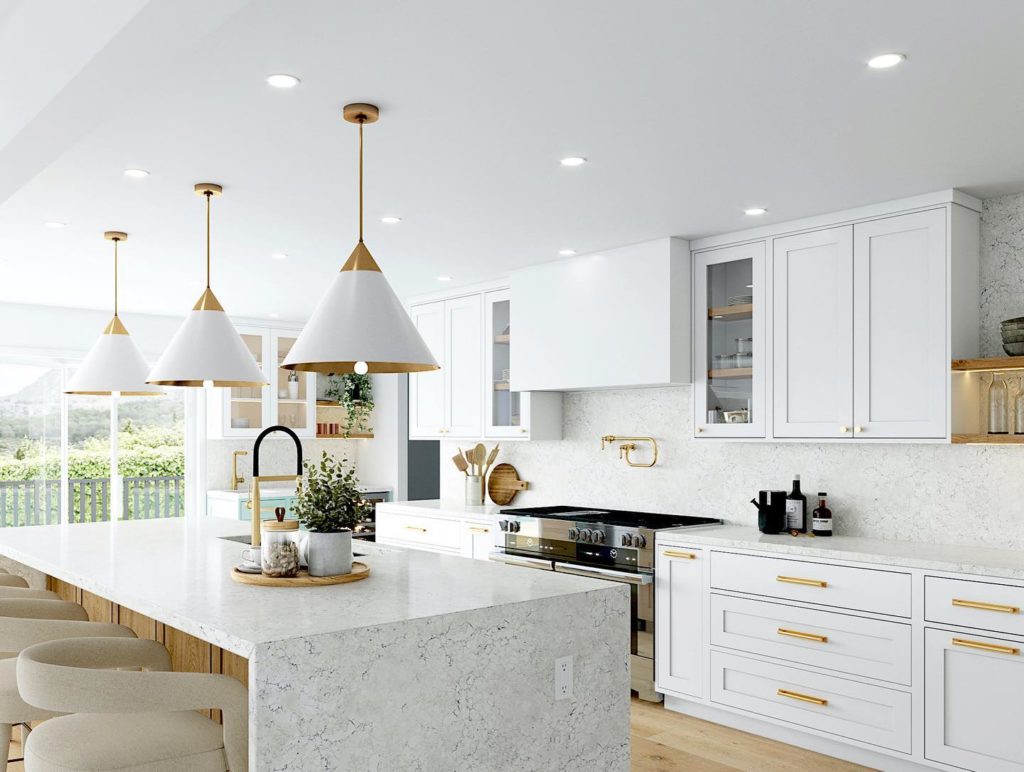

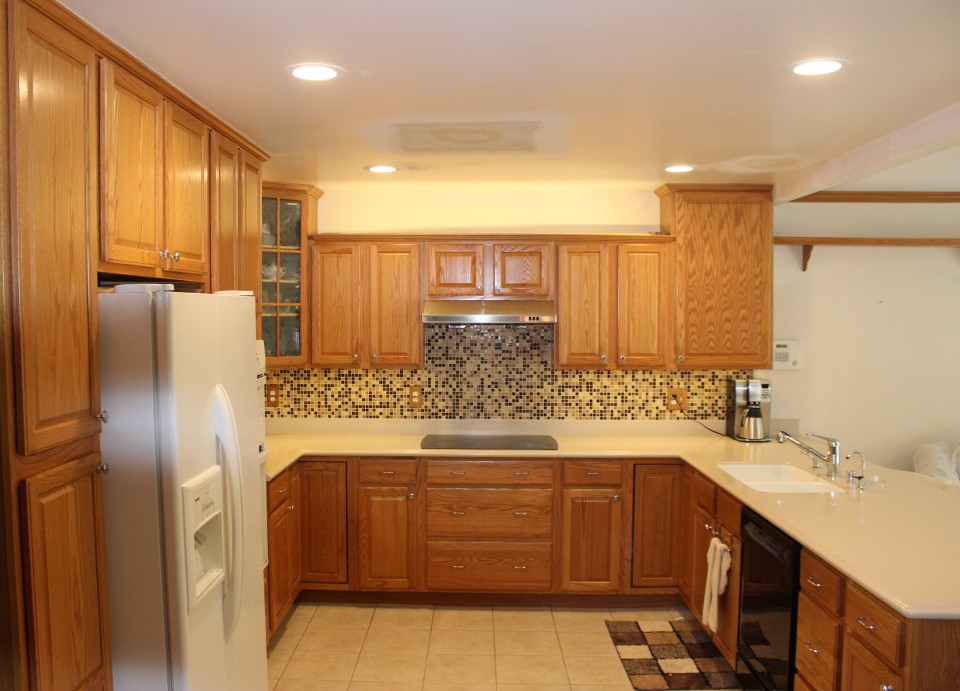



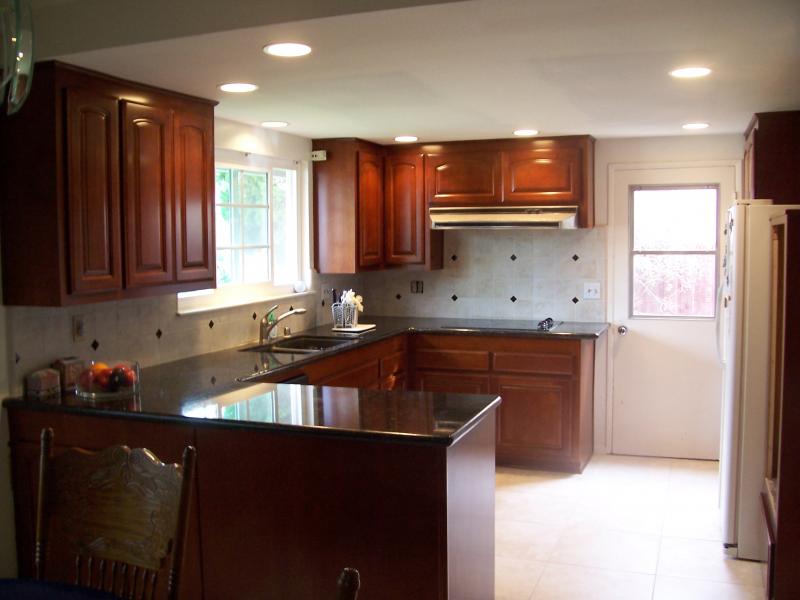
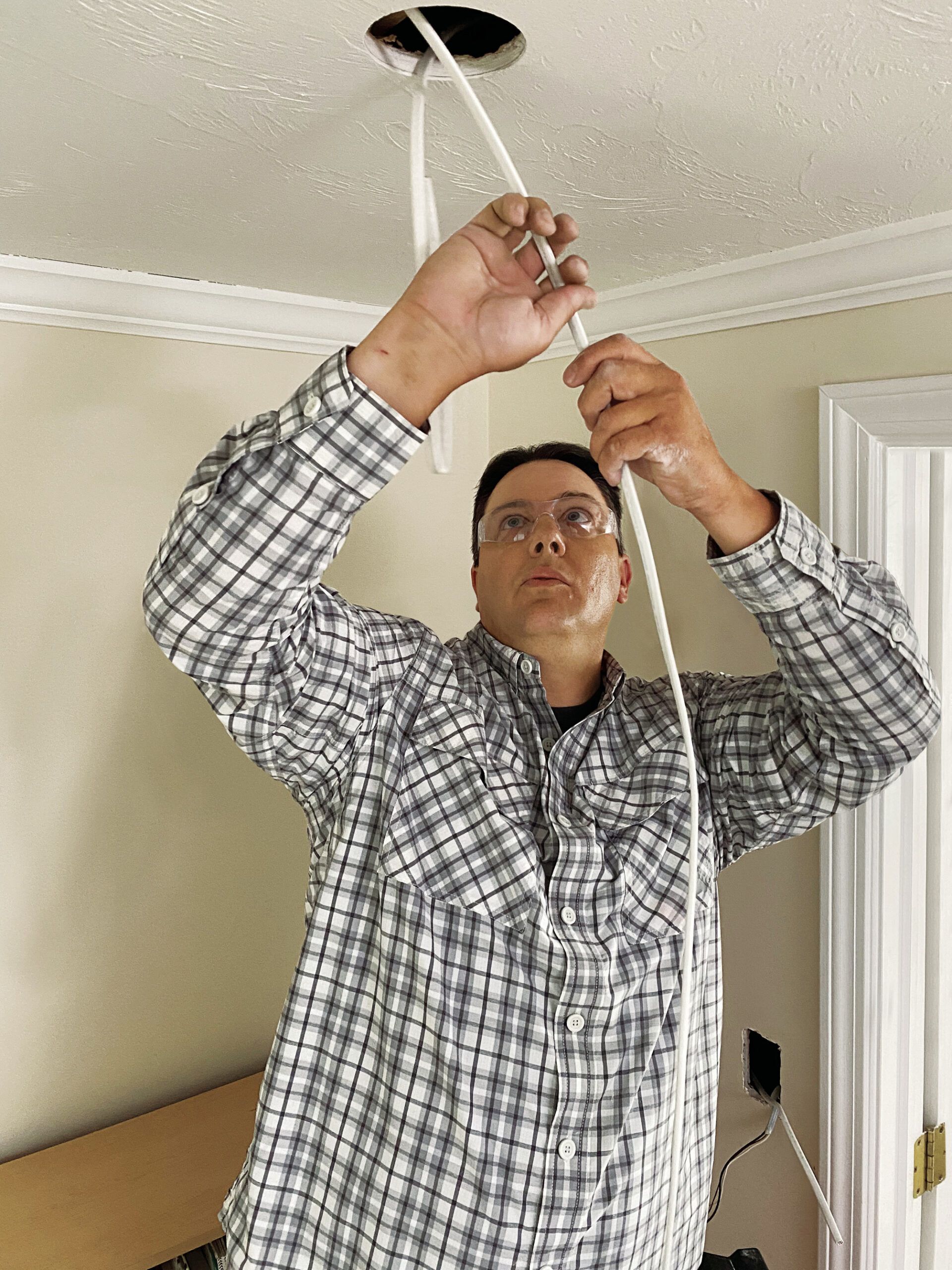







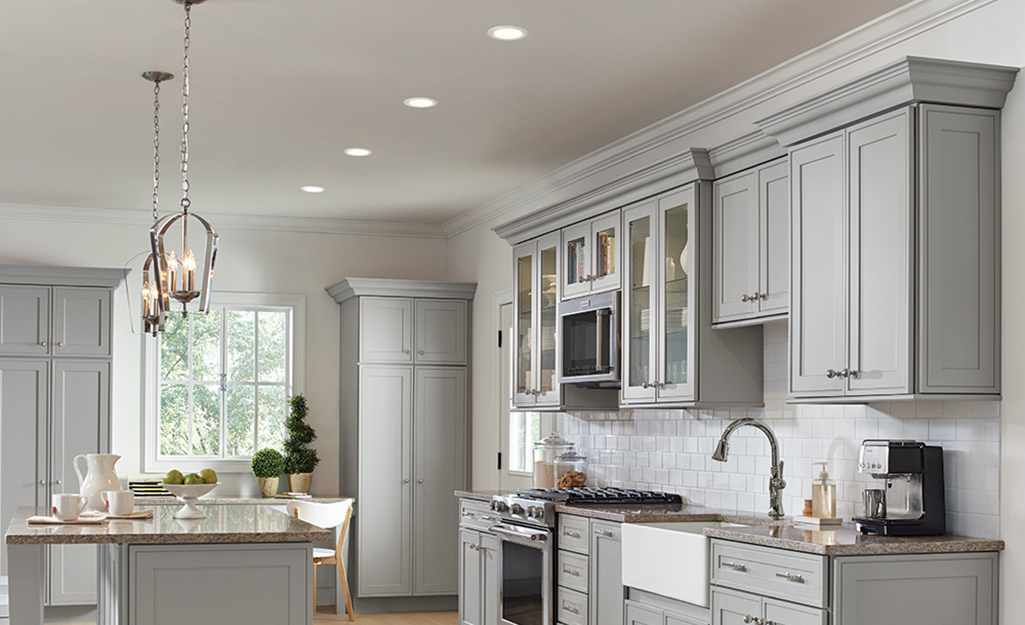


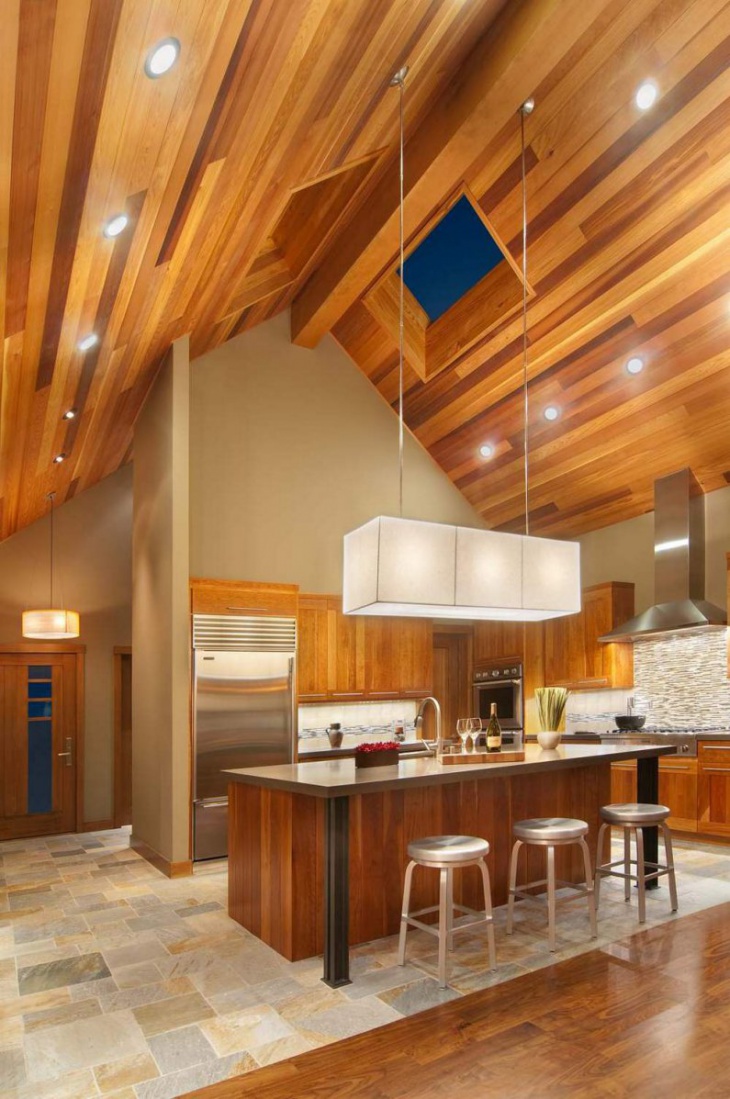
:max_bytes(150000):strip_icc()/kitchenrecessedlighting-GettyImages-155383268-dec5caad600541ff81cbdd6d06846c66.jpg)
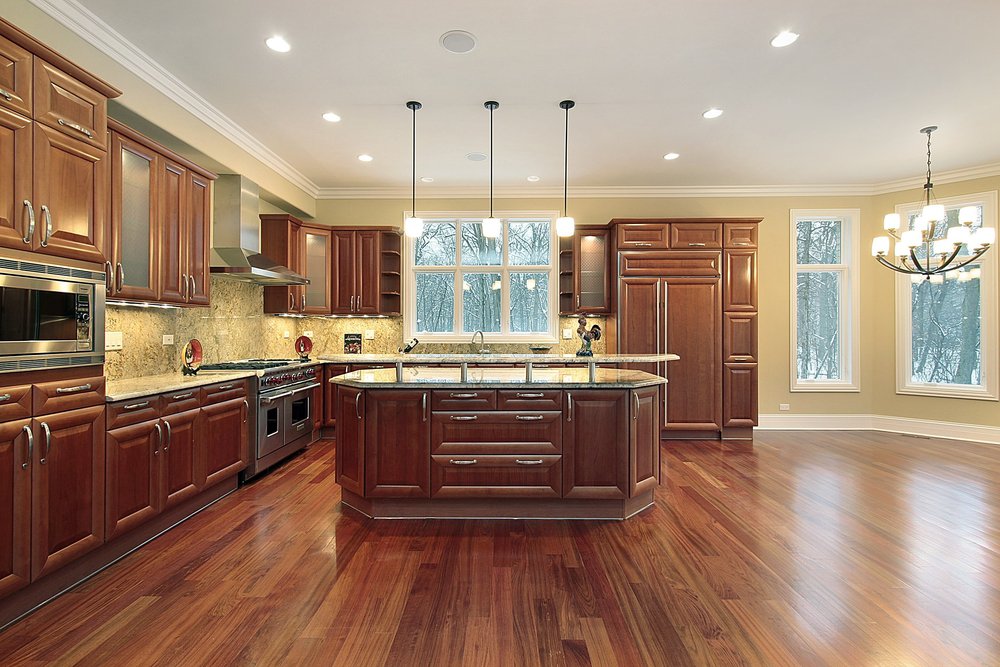




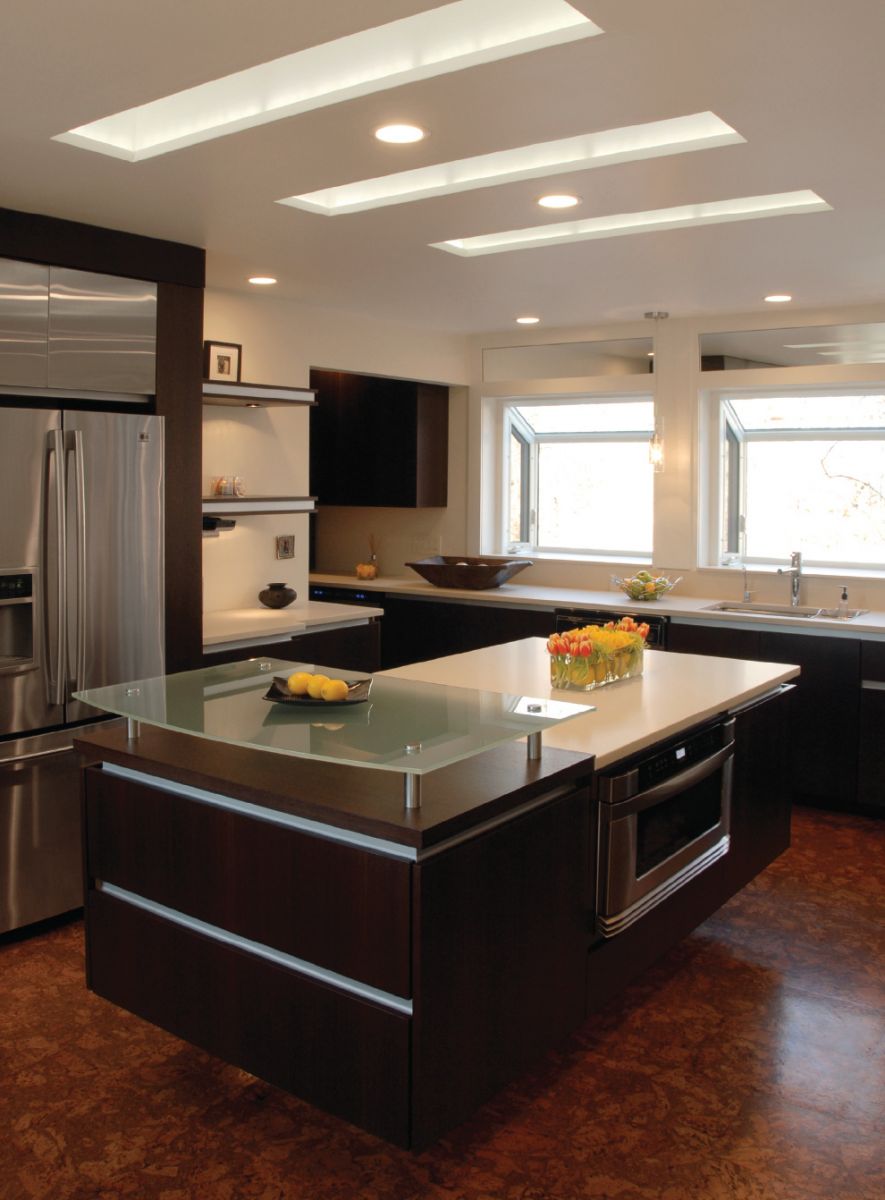









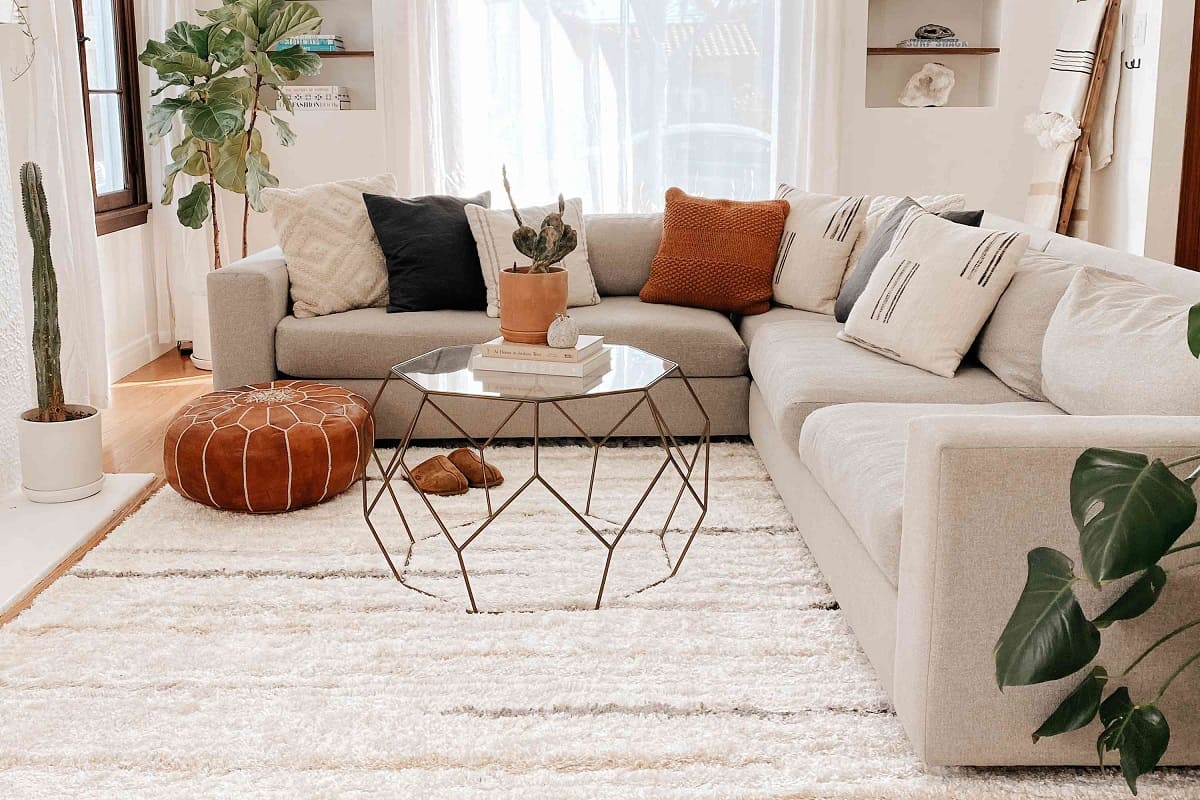


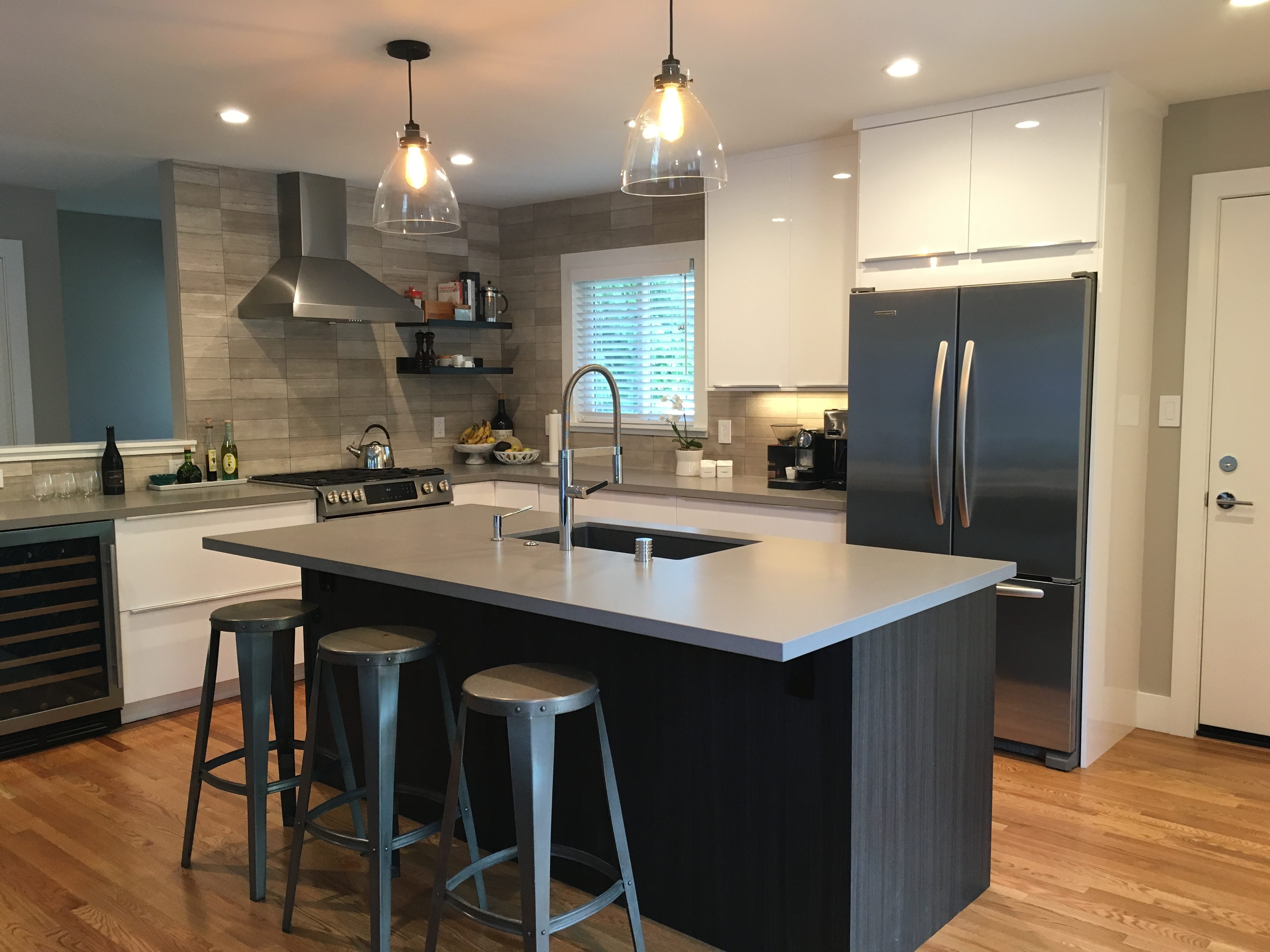
:strip_icc()/houseninebookshelf-070b070ddd7f4a45a506b27ed3f749f3.jpeg)
